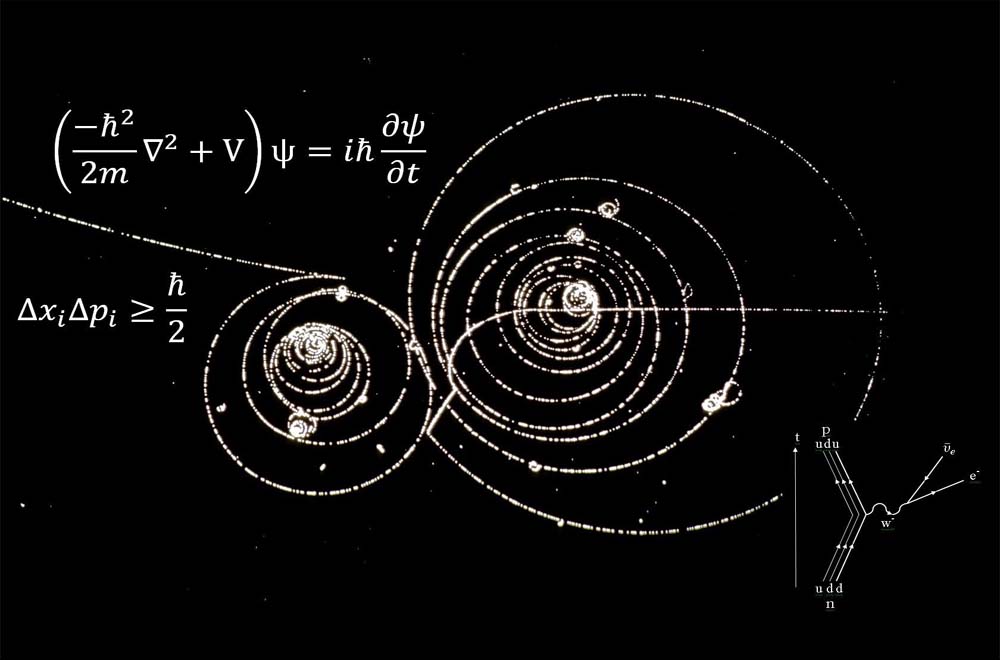Download (PDF, 4.07MB)
INTRODUCTION
I hope that this book will be of interest to students and researchers in mathematics, physics and theoretical chemistry. The first few chapters can be read with ease by anyone with a knowledge of calculus and differential equations. However, some later chapters, and most of the appendices, are more demanding.
Chapter 10 deals with resonance energy transfer and especially with the relativistic treatment of this phenomenon. My fascination with this topic dates back to my Ph.D. thesis work in the early 1960’s at Imperial College, which was then a part of the University of London. I had previously been working at the laboratory of Prof. Albert Szent-Györgyi and the Marine Biological Laboratory at Woods Hole, Massachusetts. The problem on which we had been working was a quantum mechanical treatment of the primary process in photosynthesis, where a photon is absorbed, and its energy stabilized. Resonance energy transfer plays a large role in this process. When I started my Ph.D. work in London, I decided to see whether relativistic corrections made a difference.
My calculations showed that while the usual non-relativistic treatment leads to transition probabilities that fall off as 1/R6, the calculated relativistic transition probabilities had a long-range component that fell off as 1/R2. Thus, if we imagine a very large sphere around an excited atom of molecule, the probability that the excitation energy will be transferred to one or another of the acceptors is independent of the size of the sphere! Is this a process that competes with spontaneous photon emission? Or is it an alternative way of treating the joint process of emission and absorption?
Today, sixty years later, I continue to be fascinated by this question. In Chapter 10 experiments are proposed which could demonstrate that resonance energy transfer over macroscopic distance is possible. I am grateful to my son, Associate Professor James Emil Avery of the Niels Bohr Institute, University of Copenhagen, for his help and advice. He deserves to be listed as co-author of this book. However, I don’t want him to be blamed for the book’s shortcomings, for example, in case the discussion section of Chapter 10 is seen to be too speculative.
Besides the usual topics, the book also focuses on some aspects of quantum theory that have been of special interest to myself and to my son, James. Among these special areas of interest is the use of 4-dimensional hyperspherical harmonics in reciprocal-space quantum chemistry. We share this interest with Professor Vincenzo Aquilanti and his group at the University of Perugia in Italy. Both James and I have made numerous research visits to Perugia, where we have enjoyed both the wonderful hospitality and great mathematical knowledge of Prof. Aquilanti and his co-workers. I should mention that James has a number of important papers in which he uses hyperspherical harmonics to calculate 3-center and 4-center interelectron repulsion integrals for exponential-type basis sets (ETO’s). James and I are also co-authors of several books on hyperspherical harmonics.
My interest in many-dimensional spaces brought me into contact with Professor Dudley R. Herschbach of Harvard University. I have been privileged to visit his brilliant research group many times, and to work closely with Prof. Herschbach and his colleagues for many years.
Read the entire book above or download it here.
We thank John Scales Avery, a renowned intellectual, EACPE board member, and theoretical chemist at the University of Copenhagen, for giving us permission to reproduce his latest book for EACPE.


